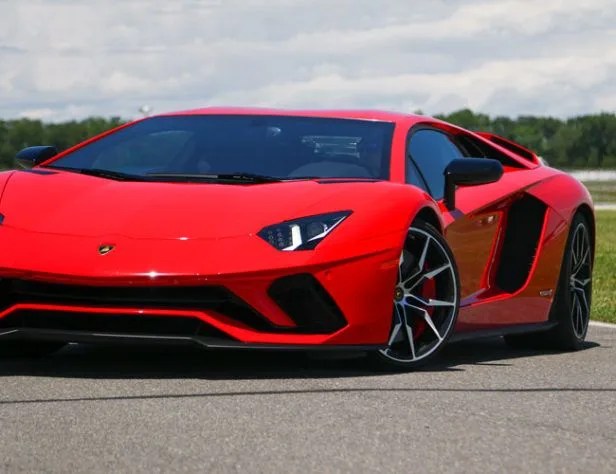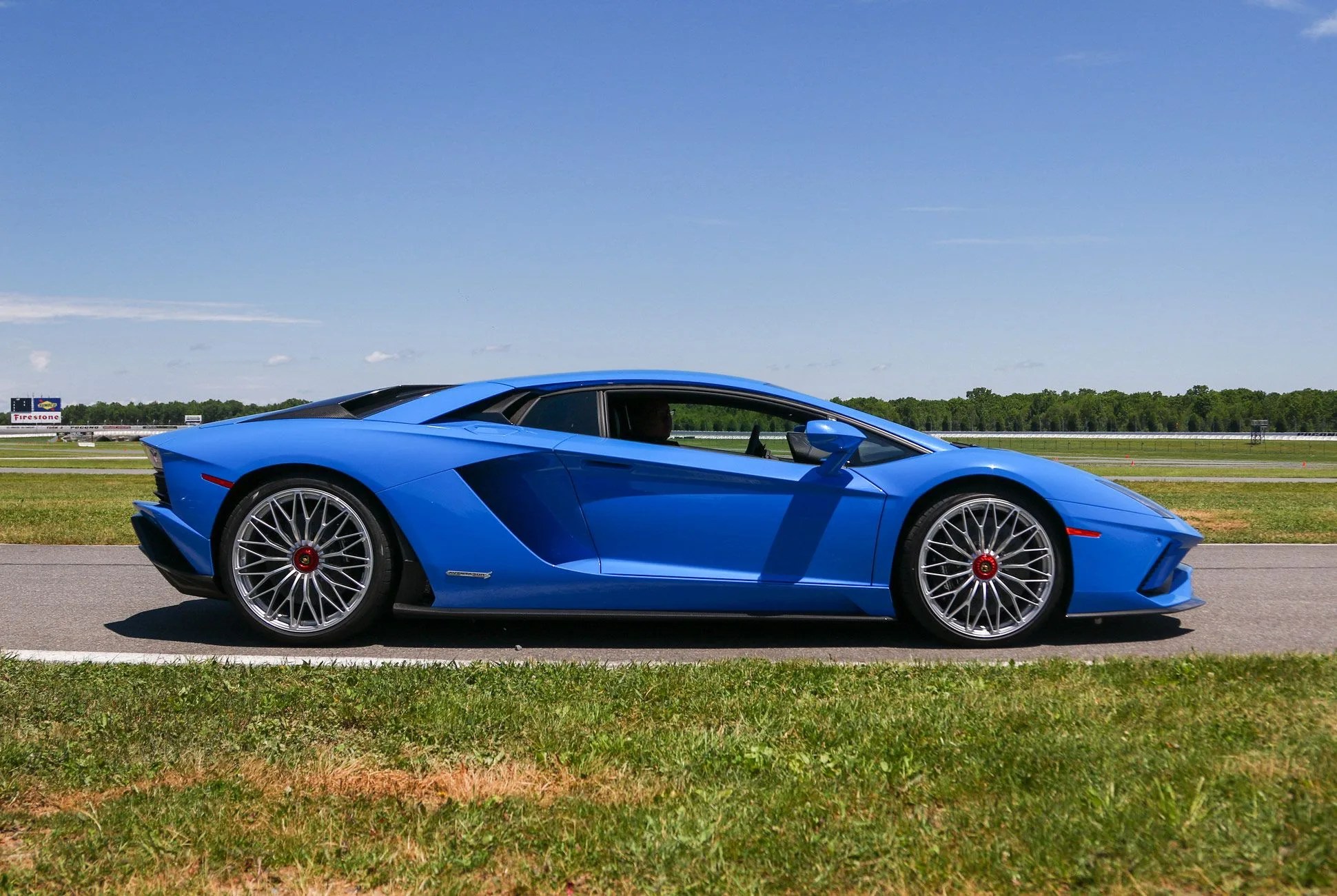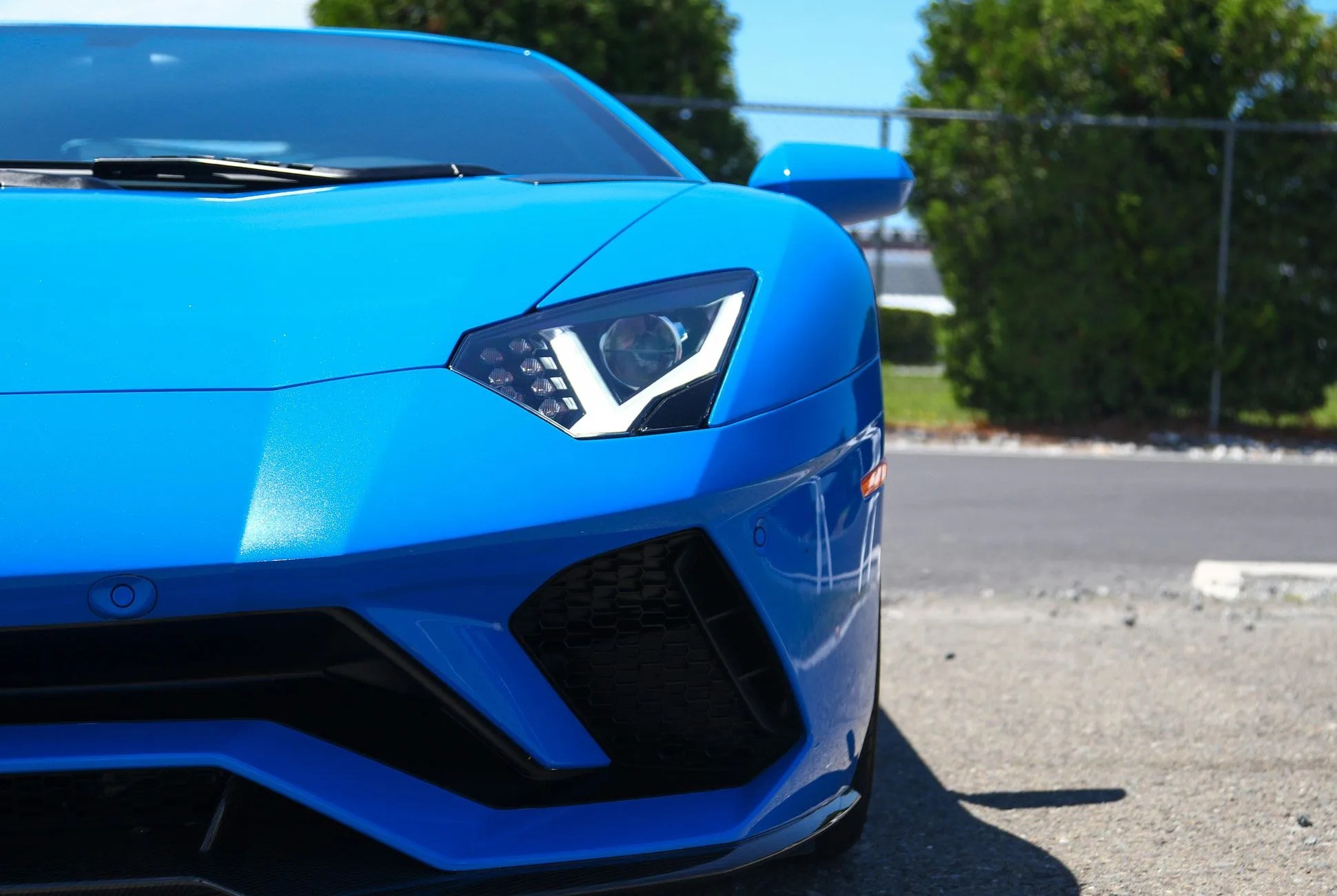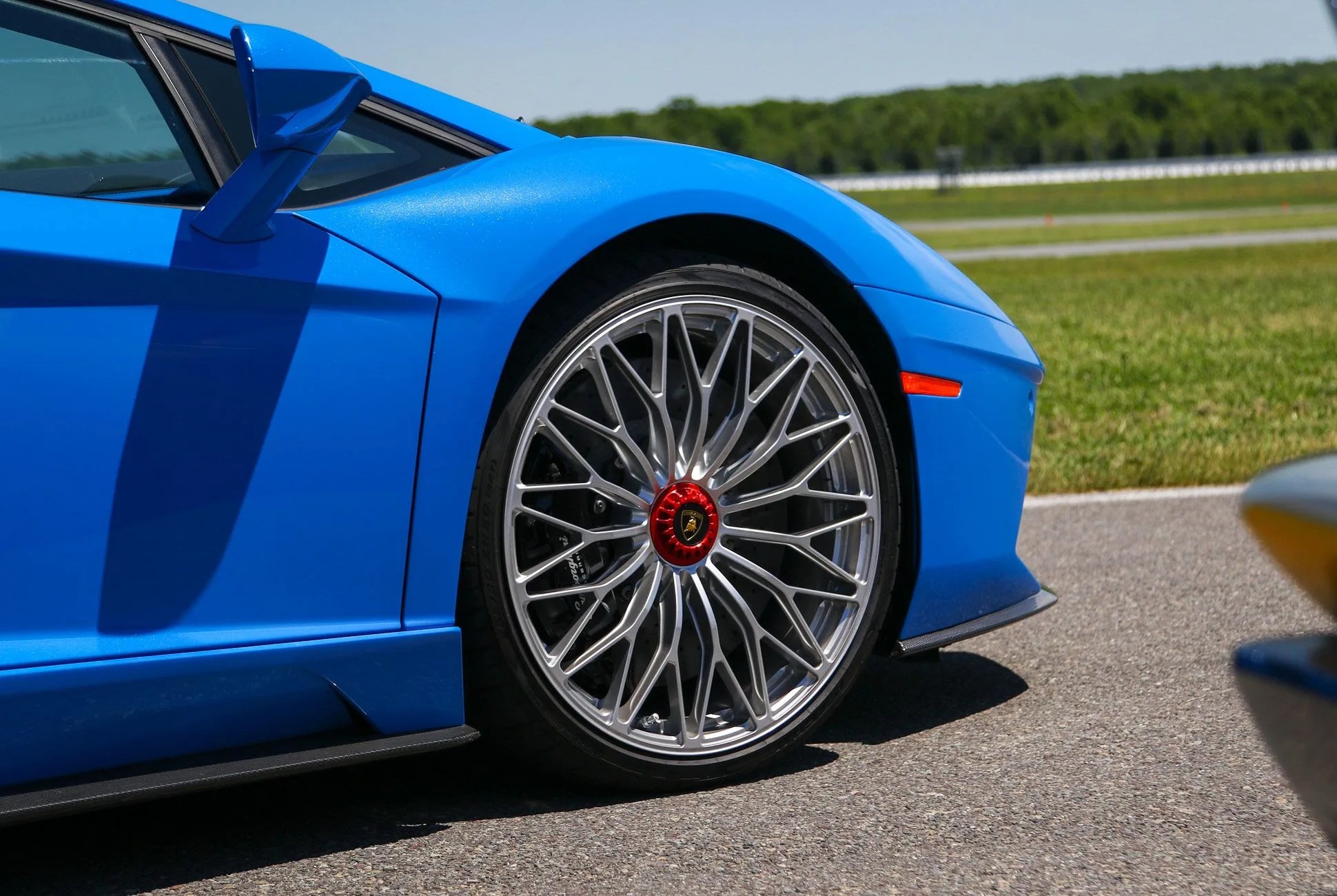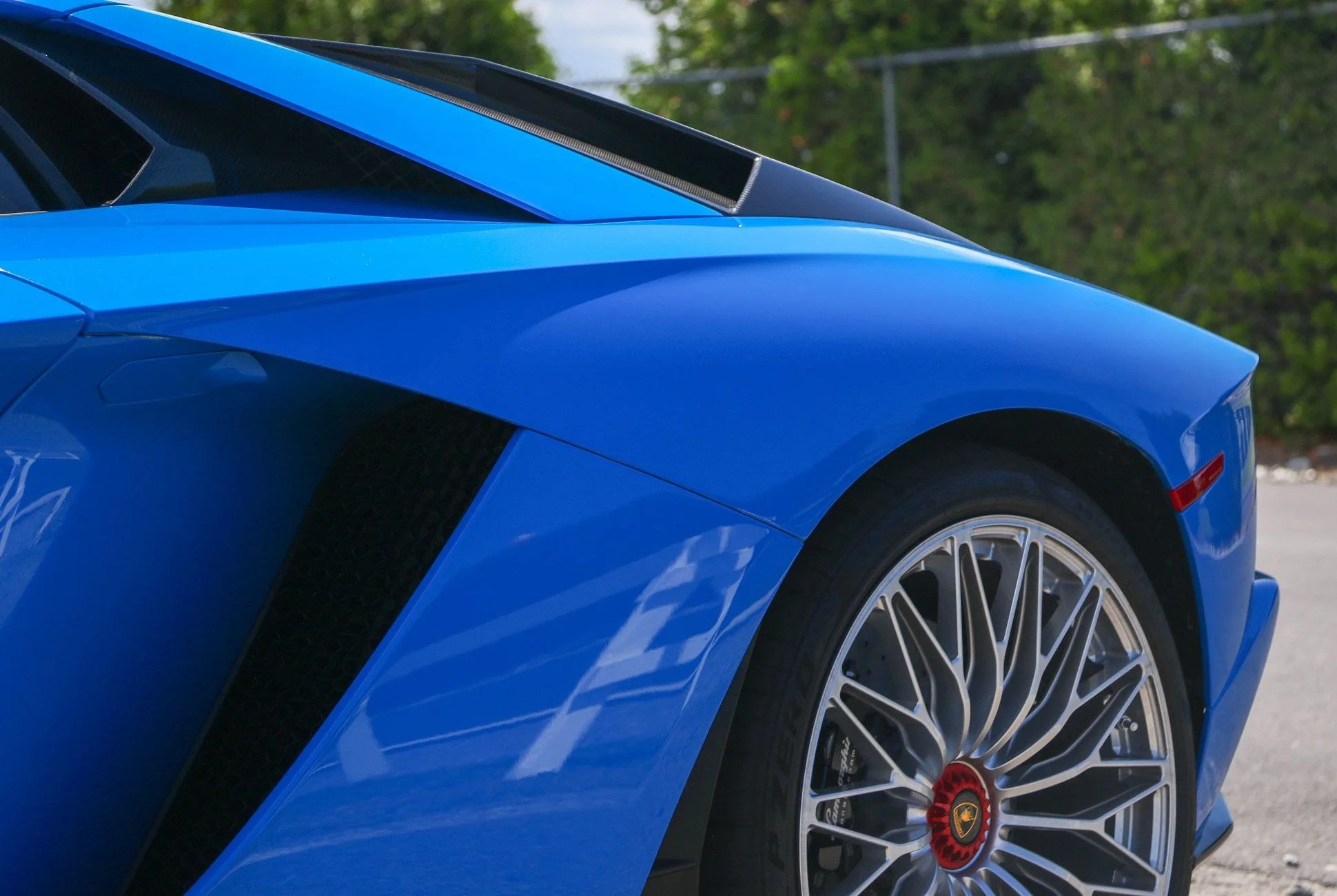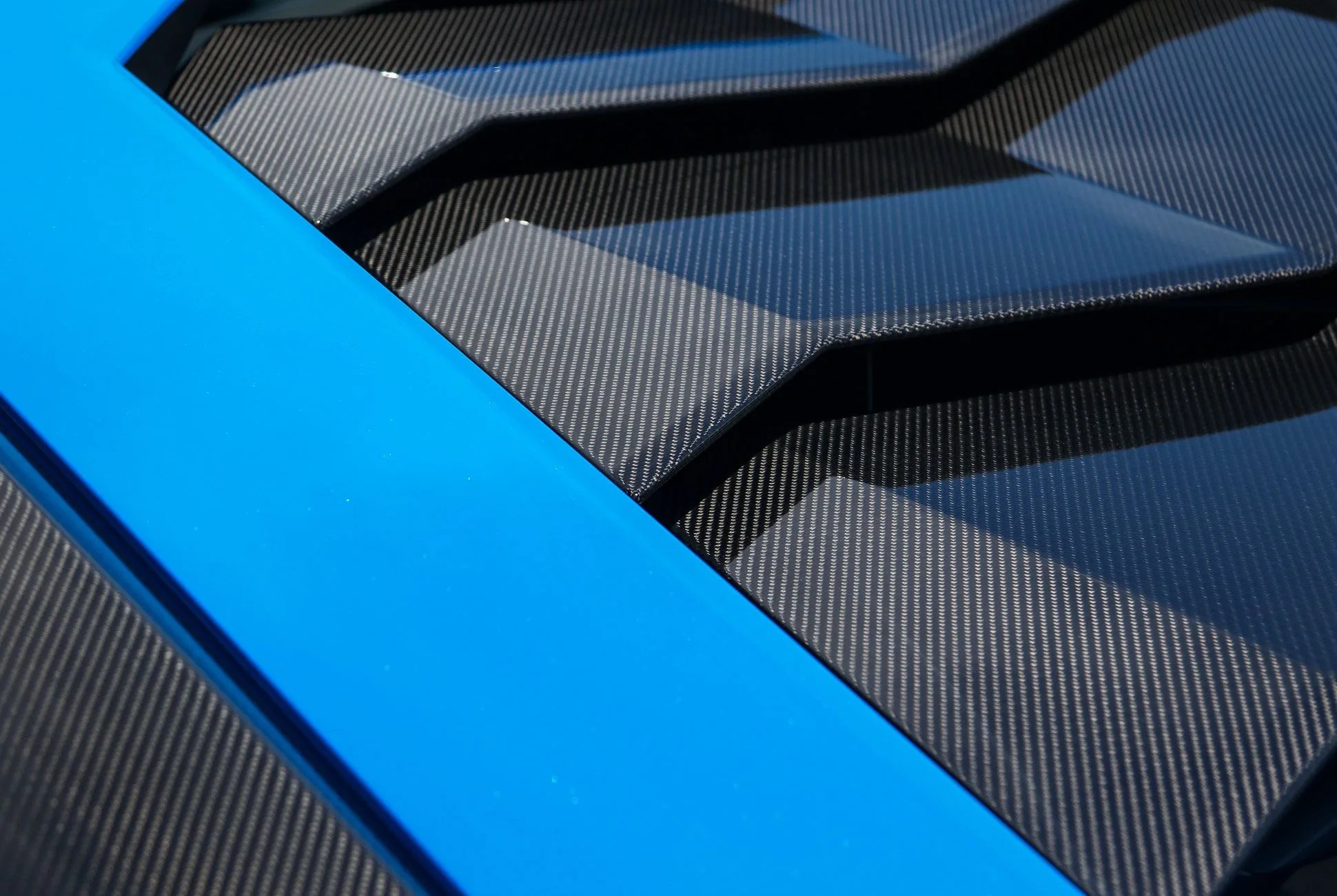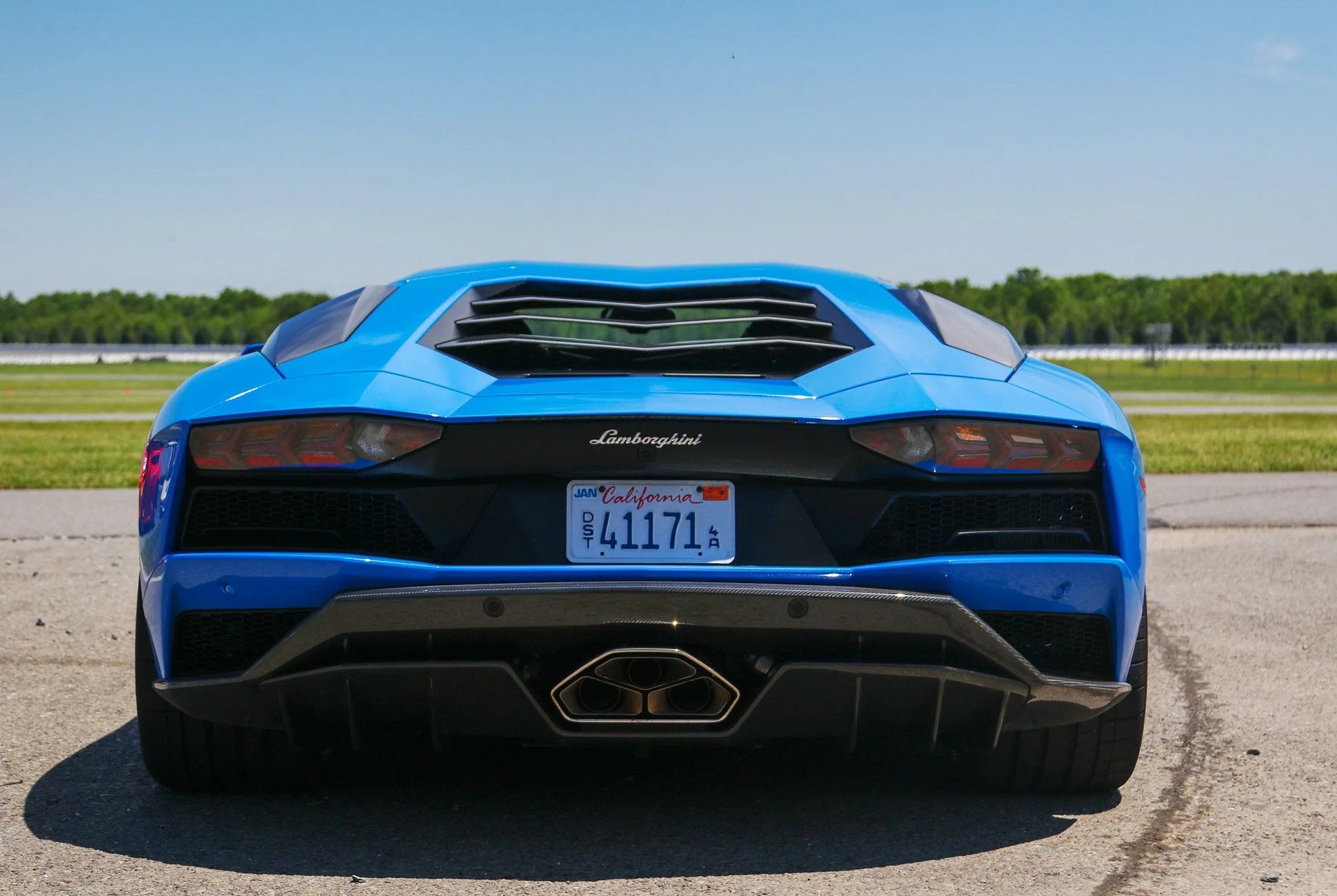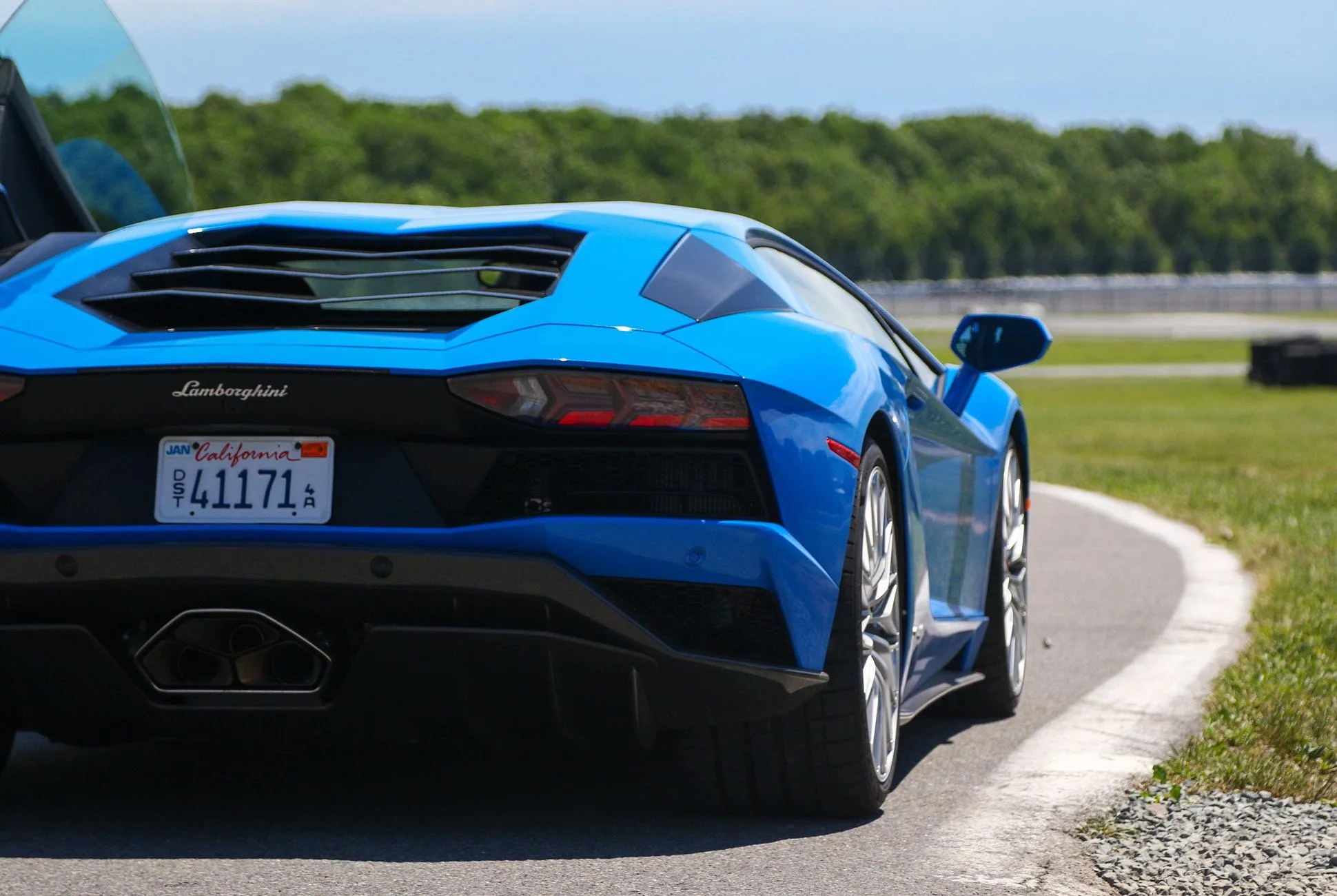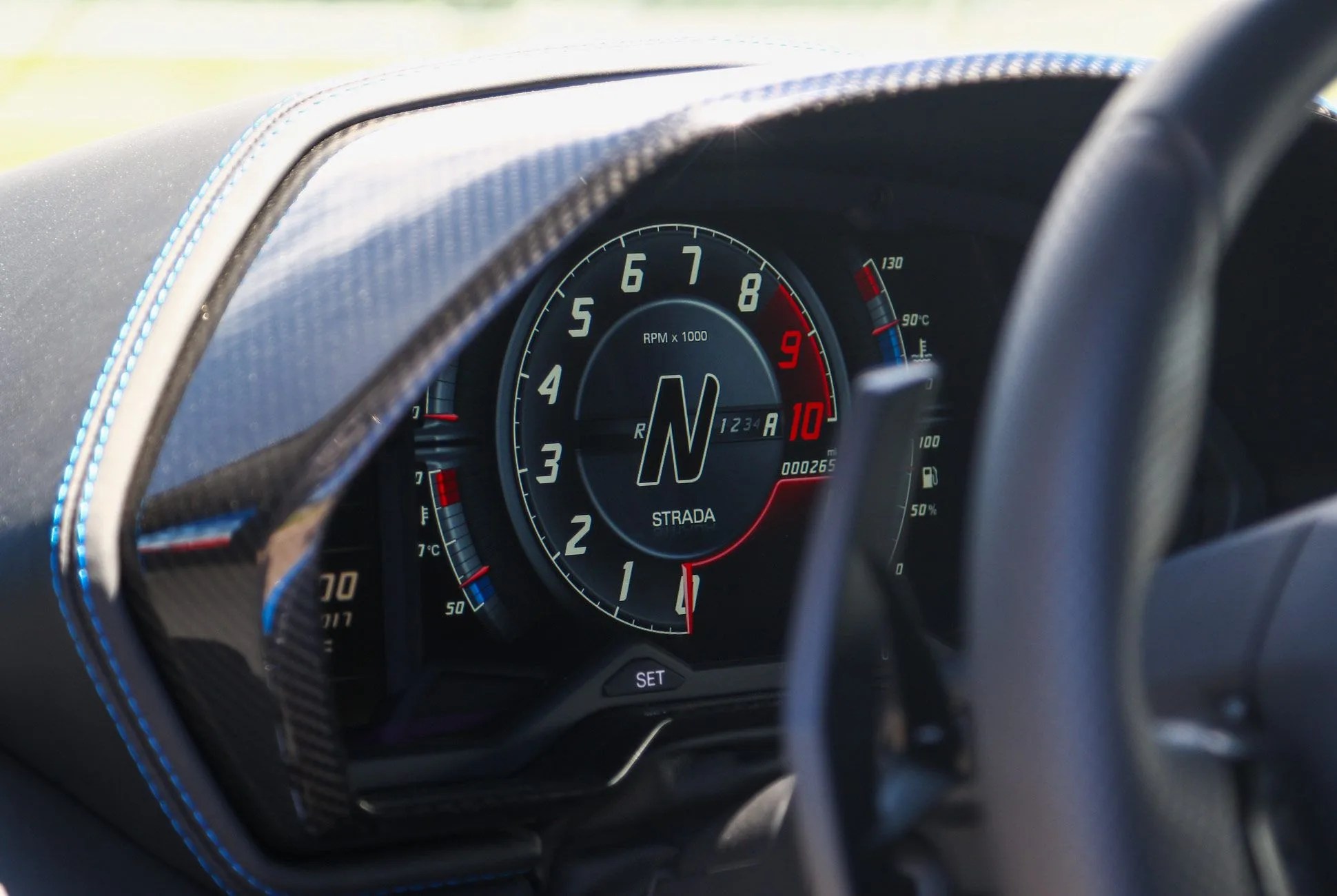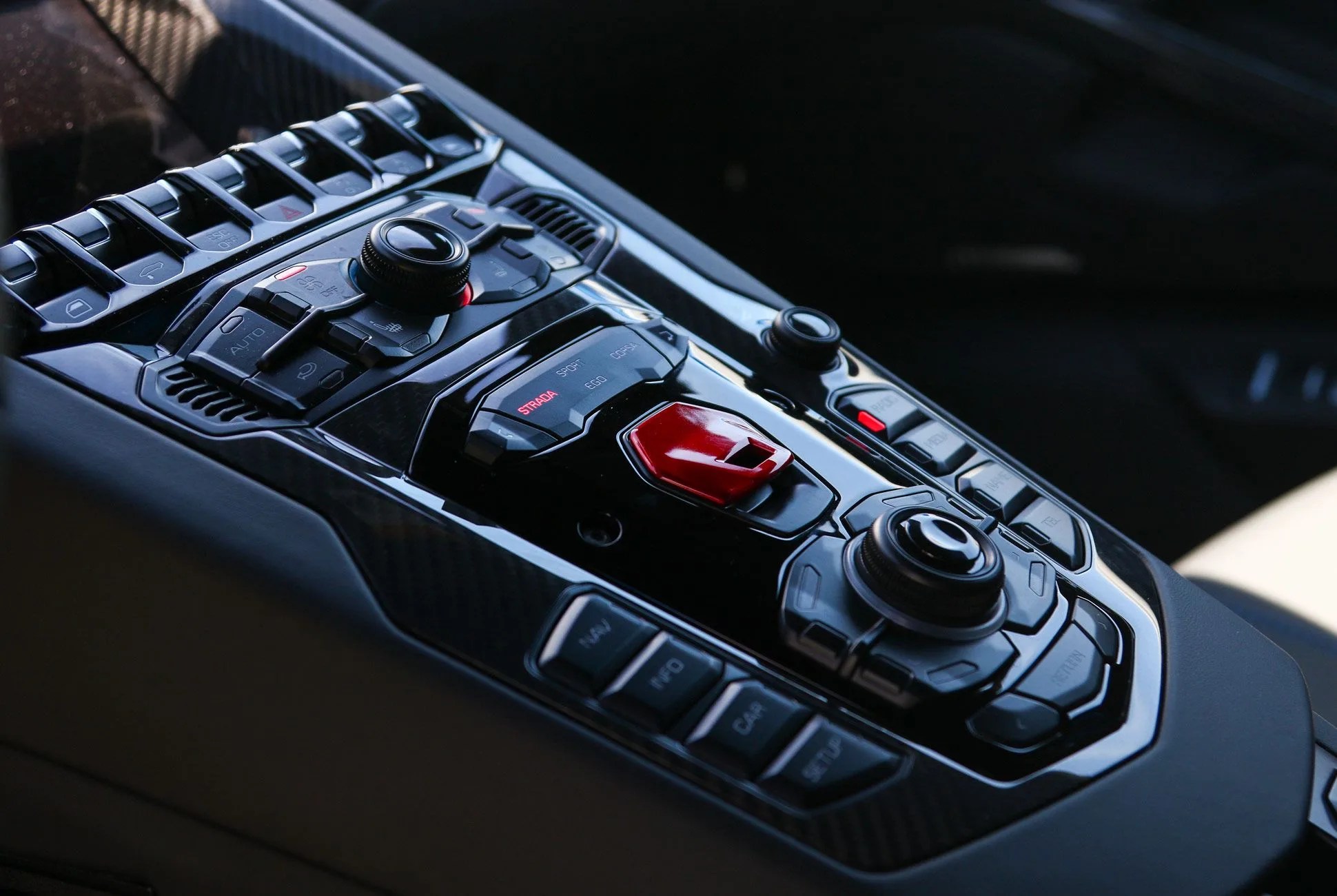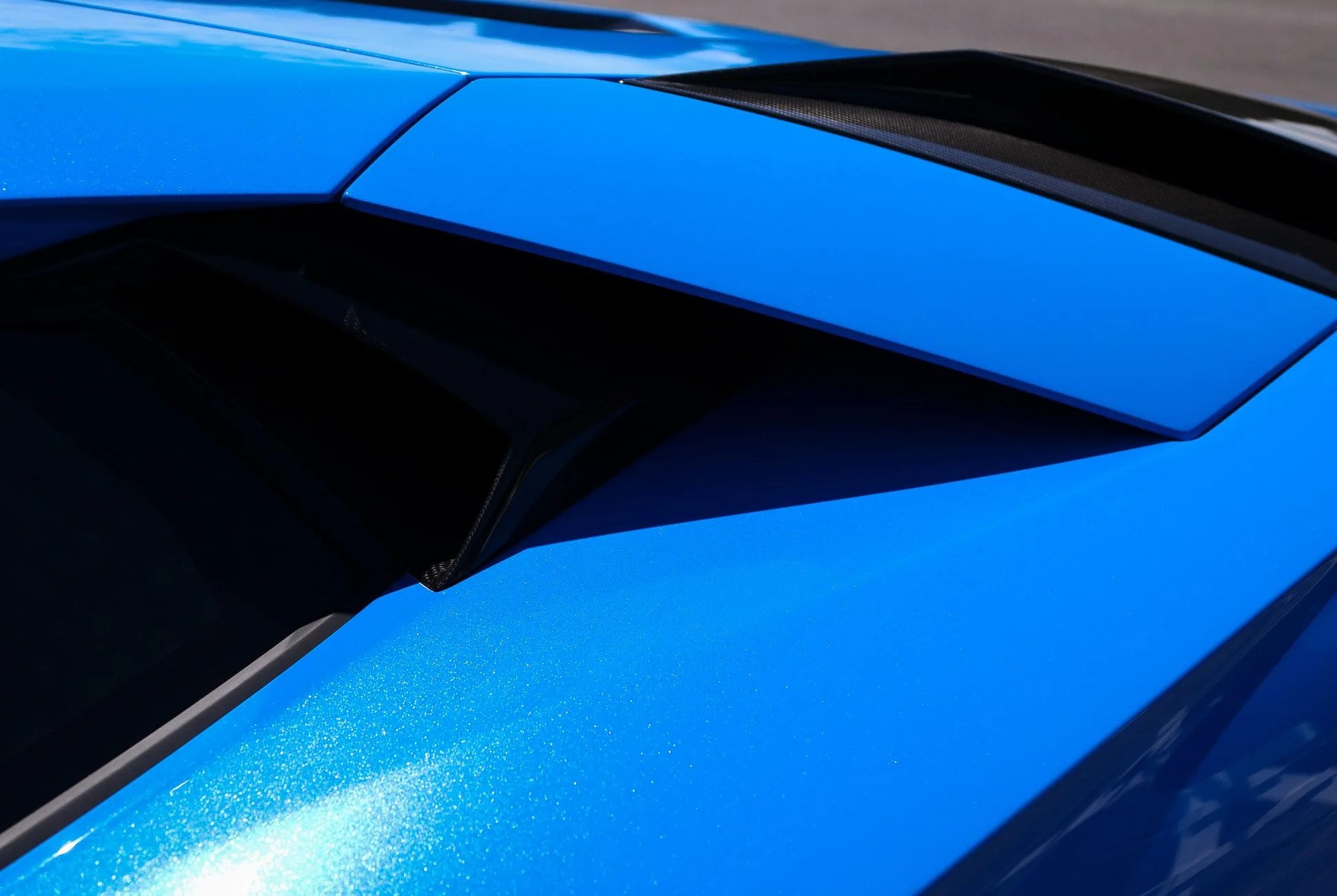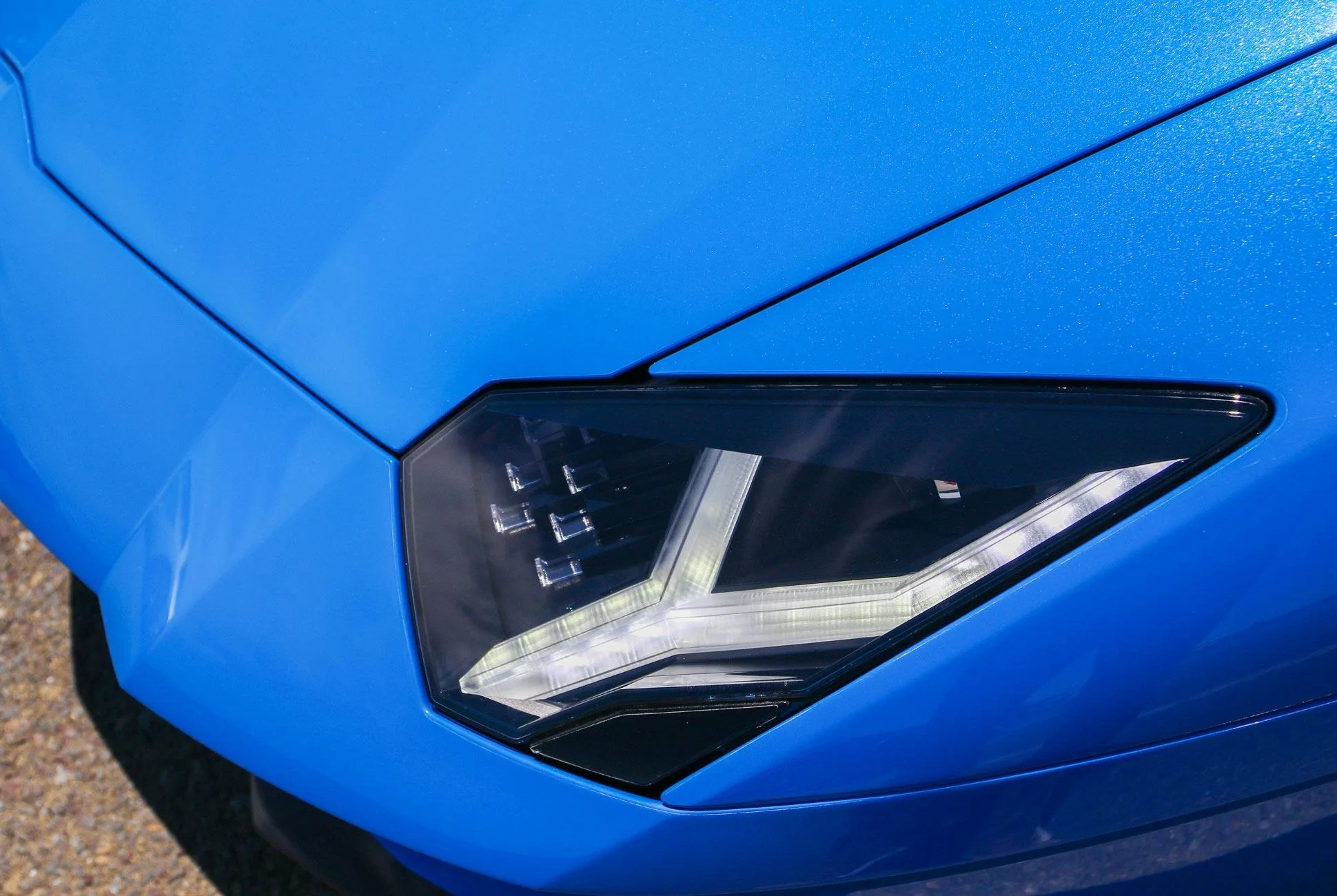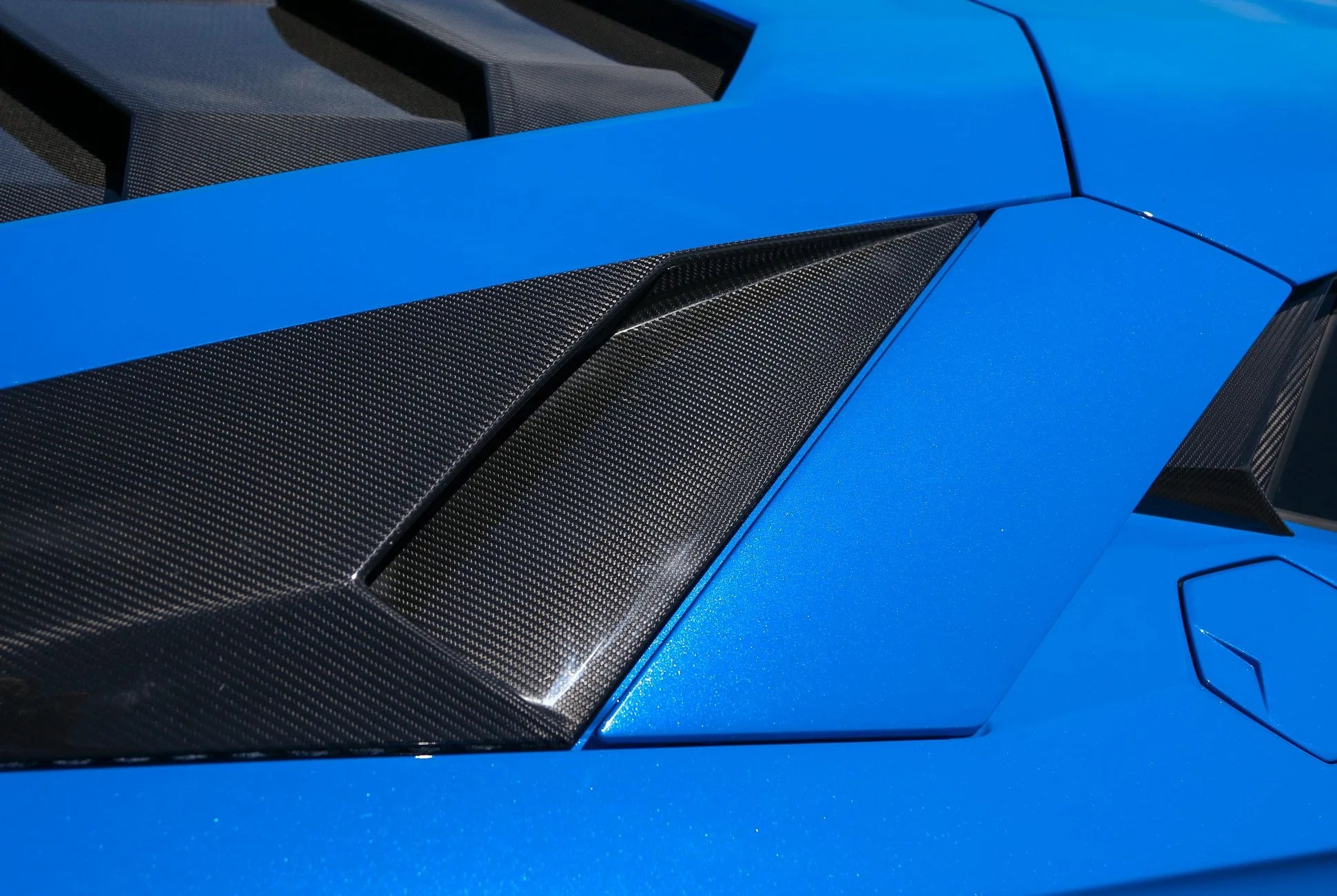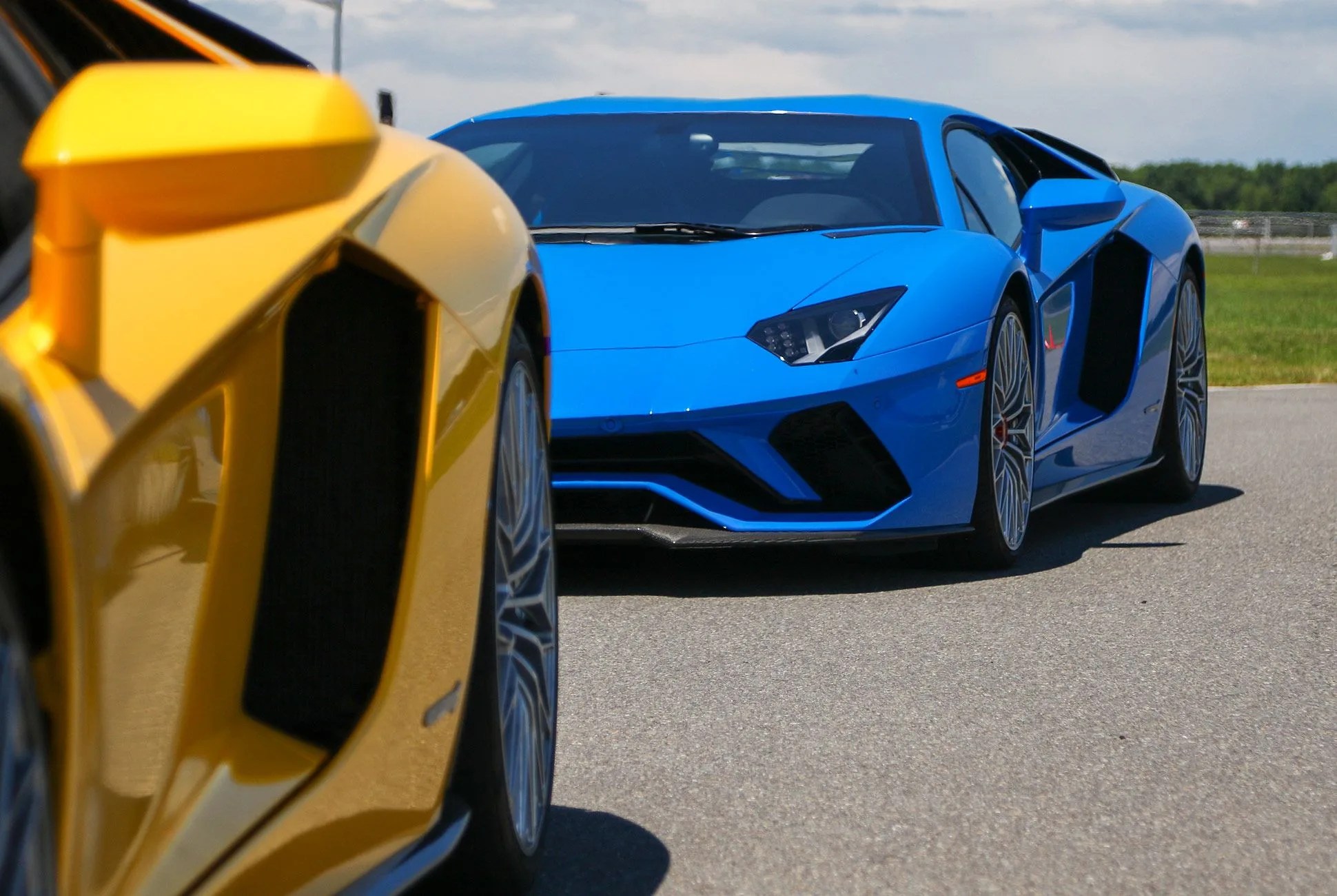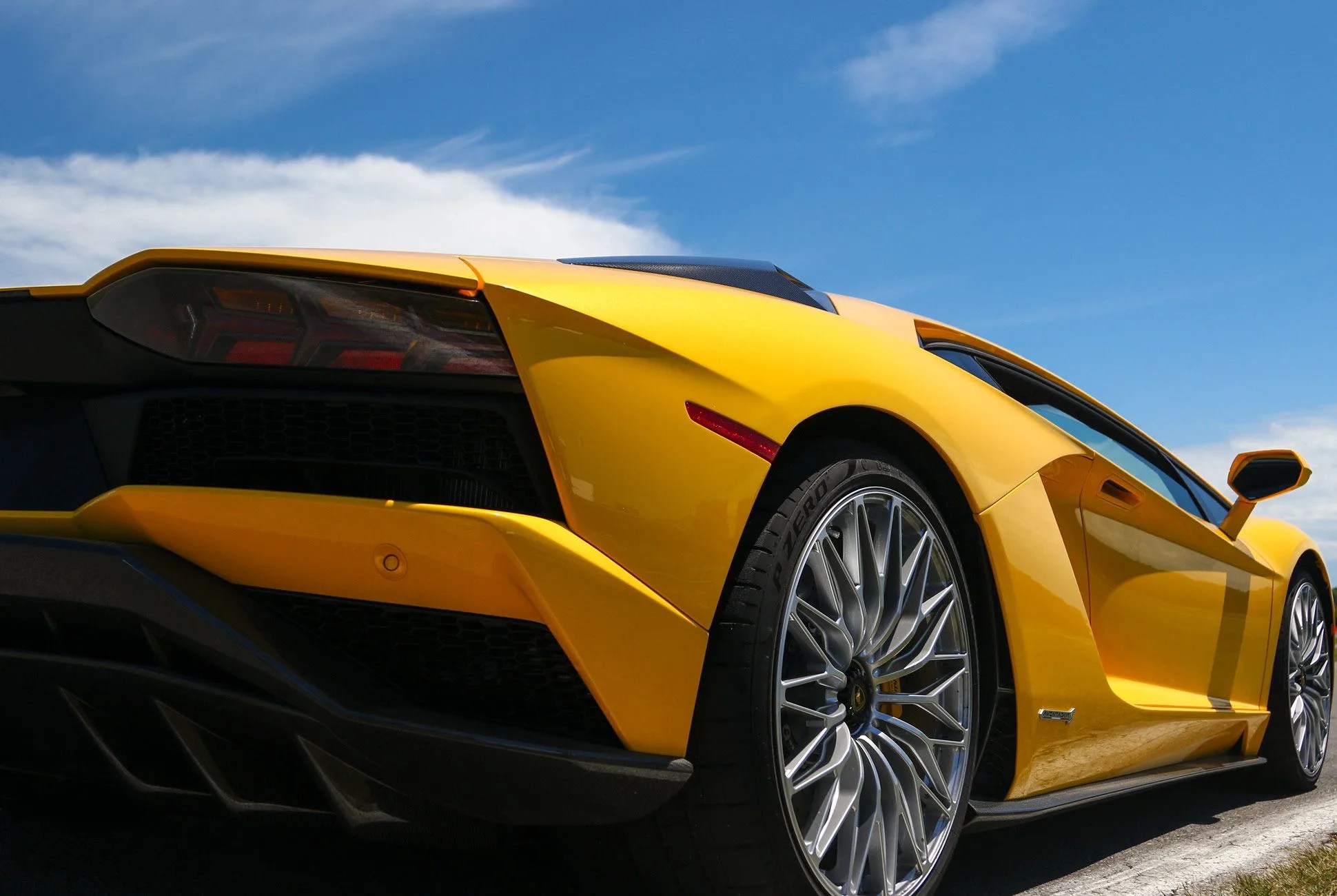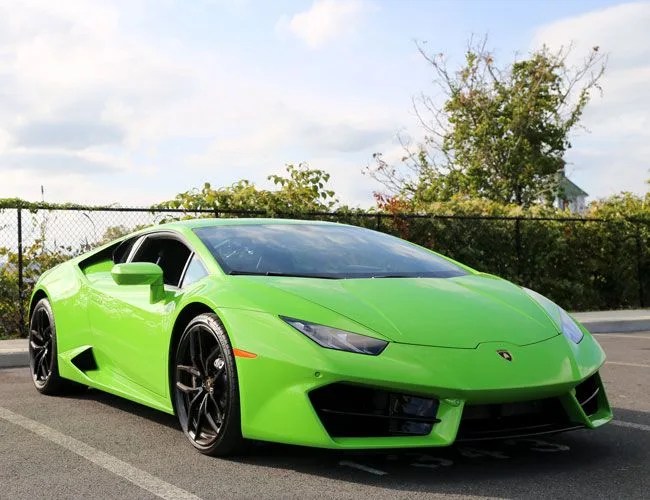15 photos
Late last year, Lamborghini announced it would be updating its flagship V12 with the Aventador S. And, as with the Miura S and Countach S V12 ancestors, it’s no mere facelift. This evolutionary step sets the Aventador up to be Lamborghini’s most technologically advanced V12 ever, making it more civilized and somehow more ferocious all at the same time.
The big news here isn’t the 40 horsepower bump or the redesigned styling and aerodynamics. No, the most significant change Lamborghini made to the Aventador is one you can’t see at all — well, unless you drive it or look very closely at the rear wheels when it takes a sharp turn. The S gets a completely new brain from Lamborghini in the form of the Lamborghini Dinamica Veicolo Attiva (LDVA), which is basically just a computer that dictates how much torque goes to the front and rear wheels, how stiff or soft to make the suspension and to what degree the four-wheel steering turns, all on the fly. These features aren’t industry firsts by any means, but they do make the car easier to live with day to day.
When the Aventador first hit the streets in 2011, it didn’t try to hide what it was: a big, harsh-riding, hard-shifting, mid-engined V12 supercar. The upgrades the S receives civilizes the brute, almost making it feel like Huracan (a car that can be driven from sun up to sun down) at around-town speeds. And the four-wheel steering is one of the most extreme examples, turning the rear wheels up to three degrees in the opposite direction to the front wheels at slower speeds, effectively shrinking the wheelbase by 20 inches. That makes driving around town infinitely easier and inspires mountains of confidence when navigating tight city streets and parking lots. At higher speeds, all four wheels turn in the same direction for a crabbing effect that increases high-speed stability and makes lane-changing less nerve-racking.
But don’t go thinking Sant’Agata completely defanged one of its most ferocious contenders. Out on track, the four-wheel steering, working with the increased front aerodynamics, kept the big car in line — but with a healthy amount of throttle, and quick direction changes through tight chicanes, the rear wheels wanted to rotate the car — because, well, they were engineered to. It’s still a 740 horsepower V12 supercar; there’s no getting around the attention needed to keep it on the track. Now, though, it’s easier to live with on the street.
The Smaller Sibling
